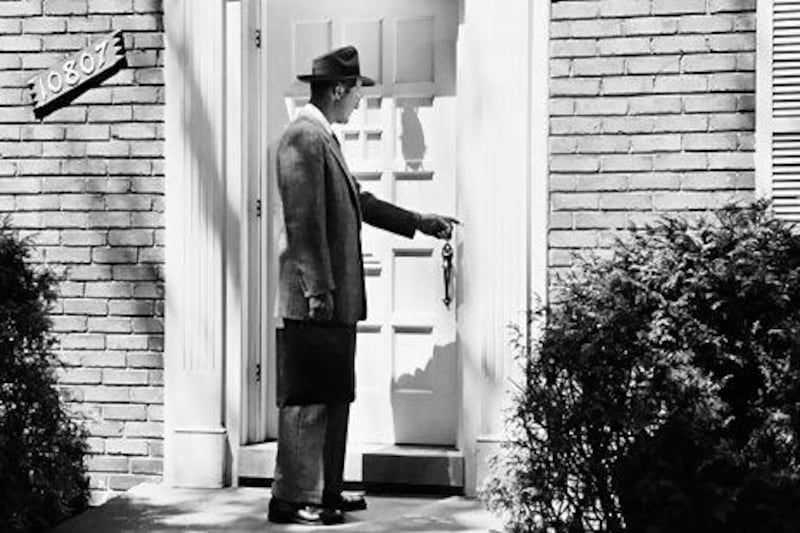Patricia Sims spent most of the past 20 years on the road, pitching software products. But two years ago, she traded frequent-flyer perks for a job that relies on internet meetings and social media to woo new customers.
"When I started in sales, anyone who did inside sales was thought of more as a telemarketer, someone who would call on consumers and bother people eating dinner," says Ms Sims, 51, who now sells services such as webcasting to businesses. "As time and technology progressed, it's just made sense to do that big presentation virtually."
From itinerant Yankee peddlers criss-crossing the United States after the Civil War to Dale Carnegie's best-selling books on the art of salesmanship, American capitalism has often been driven by advances in the plying of wares.
Arthur Miller's 1949 Pulitzer Prize-winning play, Death of a Salesman, placed the occupation at the heart of the American middle class and its longing for social mobility.
"By the mid-20th century, the salesman is really the centre of what the country is all about and becomes sort of the archetypal American," says Walter Friedman, the author of Birth of a Salesman: The Transformation of Selling in America and director of the Business History Initiative at Harvard Business School.
Companies from software and healthcare providers to manufacturers are radically remaking that model, shifting from expensive field staffs to more cost-efficient employees who use phones and computers to reach customers. Inside selling, which keeps pitchmen off the road, is growing far faster than in-person sales - and by some estimates it is 10 times cheaper.
The United States will add about 1.9 million sales and related positions by 2020, including at the retail level, the Bureau of Labor Statistics said in its most recent outlook on job growth, released in March. The report said wholesale trade and manufacturing - areas in which inside sales make financial sense - will require about 223,400 additional representatives alone.
Steve Richard, co-founder of Vorsight, a sales training company whose customers include Verizon Communications and Rosetta Stone, says his data shows that for every one person hired today for an outside sales role, 10 are being brought on for inside sales. "It's absolutely shifting," he says.
With virtual meeting software such as GoToMeeting.com and WebEx, communication tools such as Skype and social media sites Twitter, Facebook and LinkedIn, it has become easier to sell with few if any face-to-face meetings, says Ken Krogue, the co-founder of InsideSales.com, a Utah-based company that provides technology for inside sales departments at companies such as AT&T, Cisco Systems and Dell. "The definition [of a salesman] is changing," Mr Krogue says.
Shawn Naggiar, the chief revenue officer at online marketing company Act-On Software in Oregan, says employees need to understand business and also be comfortable with technology. "It is sometimes difficult to find the person with the right skill set," says Mr Naggiar, who runs a 44-person department selling marketing systems to small and medium-size businesses.
It is easy to understand why companies are tweaking the traditional sales model, with its expensive company car allowances and lost man hours while employees make all those connecting flights.
Industry estimates show each contact with an inside salesperson might cost a company US$25 to $30 (Dh91 to Dh110), compared with $300 to $500 for a field staff person with travel expenses, says Mike Moorman a managing principal in the Chicago office of ZS Associates, which assists with sales force organisation.
Cutbacks during the Great Recession helped to galvanise a movement already enabled by high-speed internet connections and Web-based tools, says Anneke Seley, the founder of the inside sales consultant Reality Works Group.
* Bloomberg BusinessWeek






